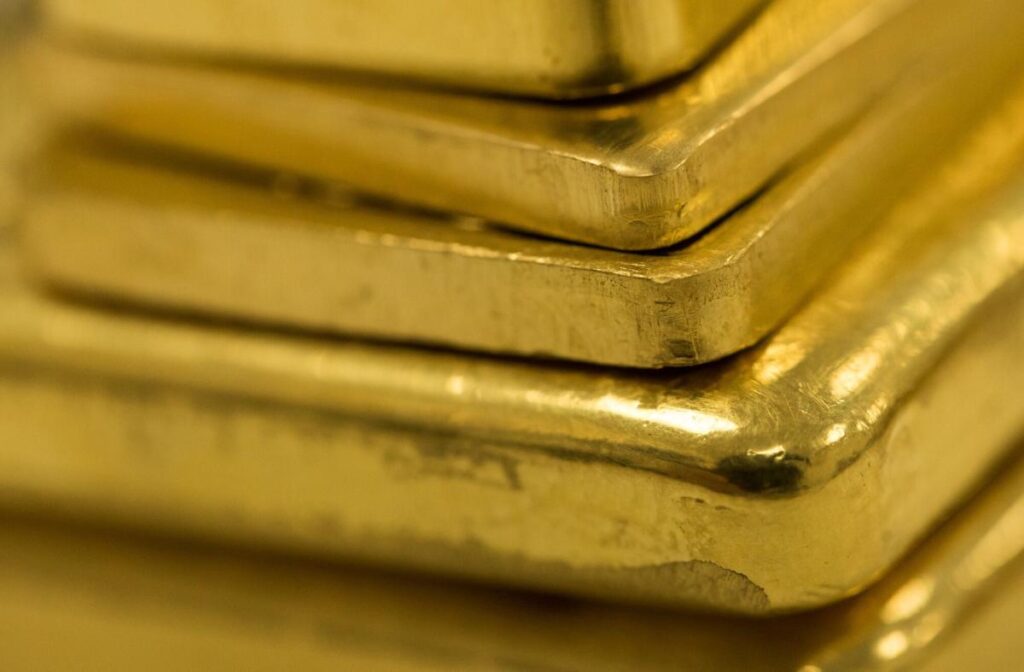Gold prices experienced a slight increase as market participants processed recent statements from key figures in US monetary policy, particularly Federal Reserve Governor Christopher Waller. On Monday, Waller indicated that the latest economic data suggested a less pressing need for policymakers to implement rapid interest-rate reductions, contrasting the urgency evident in last month’s meetings. This sentiment contributed to a decline in Treasury yields, which typically signals diminished expectations for interest rate hikes, thereby creating a favorable environment for gold, a non-yielding asset. At the time of reporting, gold was trading up by 0.3% at approximately $2,655 an ounce, positioning it near the all-time high it reached the previous month.
Gold’s upward momentum this year can be attributed to a variety of factors, including positive sentiment towards rate cuts and strong demand from central banks. In conversations at a recent industry conference held by the London Bullion Market Association in Miami, reserve managers from the central banks of Mexico, Mongolia, and the Czech Republic expressed optimistic views regarding gold. This sentiment reflects a broader trend, with central banks significantly increasing their gold purchases as part of their reserve management strategies. Such moves are often seen as a hedge against currency fluctuations and geopolitical uncertainties.
Overall, gold prices have surged by over 25% year-to-date, largely driven by the expectations surrounding interest rate adjustments and ongoing global conflicts. This increase in value highlights gold’s role as a safe-haven investment amid geopolitical tensions, such as the prolonged conflict in Ukraine and ongoing strife in the Middle East. As uncertainty persists in various regions, investors continue to turn to gold for security, which further bolsters its market demand.
The recent performance of gold aligns with its historical behavior in times of economic uncertainty. Investors typically flock to gold when they perceive risks in other asset classes, particularly equities or fiat currencies. This flight to safety, combined with the anticipation of rate cuts, has created a favorable market environment for the precious metal. With central banks actively diversifying their reserves and traditional investors seeking refuge in gold, the market has seen heightened activity and investment flows into bullion.
At the same time, the broader economic landscape continues to evolve, with various signals pointing towards potentially transformative shifts in monetary policy. The resilience of the labor market and variable inflation readings are creating a complex backdrop for decision-making by the Federal Reserve and other central banks. As policymakers weigh these factors, the adjustments in interest rates will play a critical role in shaping market dynamics for gold and other assets.
In summary, gold has found itself at the center of investor attention as traders react to economic indicators and central bank commentary. The recent positive remarks from reserve managers at a prominent bullion conference, along with a substantial year-to-date price increase for gold, underline the metal’s appeal as a safe-haven asset. With continued interest rate cut optimism and geopolitical tensions influencing market behavior, gold is well-positioned to remain a focal point for investors looking for stability and long-term value in uncertain times.

